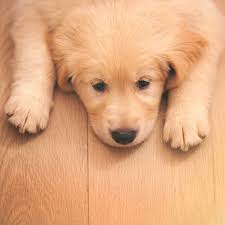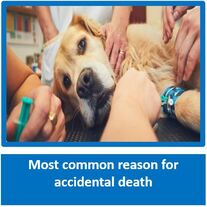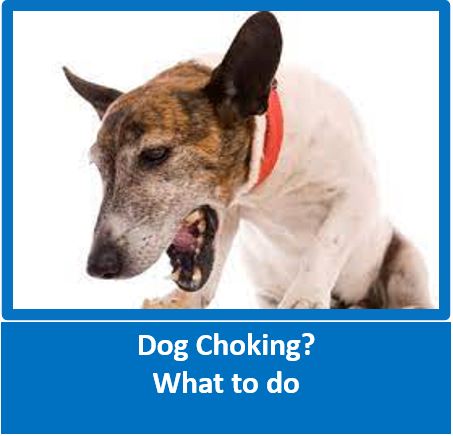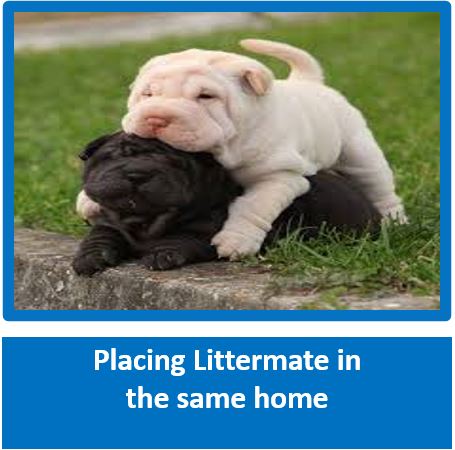
Please visit and LIKE our Facebook Page and share with family, friends and on your own Facebook page, and ask them to share further – it is only by working together and sharing knowledge and education that we can improve the lives of dogs and assist owners. We do not inundate you with posts – an average of 5 per week, and the odd Did You Know and General Post. Thank You!
Time Alone - Setting your puppy up for success
Guest contributor - Laura-Jade Durrheim
.

Treat dispensing toy
Teaching your puppy the valuable skill of being comfortable alone is one of the most important exercises you can teach your puppy. It is important that you start during your puppy’s critical development phase between 8 -16 weeks.
This period is the onset of the first hazard avoidance phase. This is the period where your puppy is learning to perceive potential hazards. During this period your puppy can show discomfort with new situations and frightening or traumatic experiences should be avoided, as they can have permanent effects. All learning should be fun and safe.
It is important to help your puppy habituate to being alone during this period, as it is now that they will learn that being alone can be a pleasant and fun experience and should not be cause for anxiety or stress. This experience will set your puppy up for the rest of his life. It is therefore important that this process is always slow and rewarding for your puppy.
Many people make the mistake of being with their puppy 24/7 when they are young. Unfortunately it is during this critical time that they then don’t learn to cope with being alone. This can become a problem if, for whatever particular reason, your dog is then suddenly left alone. (Maybe they have bonded to an older dog and that dog dies or you have to go away and your dog has to be alone. Your dog could also need to stay at the vet over night and would then be alone.)
In the beginning it is important that the time alone be small amounts, just a few minutes is fine. Start off by leaving the room for a while and closing the door behind you. You can leave your puppy with a yummy treat or chew toy (link to store) to keep him occupied. Don’t make a fuss about leaving, just leave. If you can hear your puppy barking or scratching at the door, don’t open it. Wait for the scratching and barking to stop and then open the door.
Don’t pay your puppy any attention just go about your day. Do this a few times a day building up the time. It is important to keep the time away random (sometimes 2 min, sometimes 5, sometimes 1) This way your puppy can learn to be alone in increments that he is comfortable with and he learns that good things occur when he is alone.
Note: Please make sure the environment you leave your puppy in is safe!
It is important to note your behaviour when leaving and coming back either into the room or even back home after work. Make sure when you leave, that you don’t make a big fuss about leaving (“good bye my baby, mommy will be back very soon!”) this can cause anxiety levels to rise. Instead just simply leave as if nothing out of the ordinary is happening.
The same should be said for arriving home. It is important that you don’t make a fuss of your dog the minute you walk in the door and encourage him to get over excited. Instead just walk in as if you never left and go about your business. When your dog is settled and you are ready, then you can initiate a playtime or say hi!
Serious behaviour problems can occur with dogs that have not been habituated to being alone effectively. Such behaviours include Separation Anxiety. This behaviour can be indicated through barking (whilst the owner is out), chewing and destructive behaviour (whilst the owner is out) as well as excessive excitement when the owner returns. These are only a few examples but should you feel your dog is experiencing separation anxiety please contact a behaviourist for help and more information .
Note: Please note that time alone means that your puppy needs to be completely alone. No other people around i.e.: garden service, gardener, domestic worker, another dog or animal!
This period is the onset of the first hazard avoidance phase. This is the period where your puppy is learning to perceive potential hazards. During this period your puppy can show discomfort with new situations and frightening or traumatic experiences should be avoided, as they can have permanent effects. All learning should be fun and safe.
It is important to help your puppy habituate to being alone during this period, as it is now that they will learn that being alone can be a pleasant and fun experience and should not be cause for anxiety or stress. This experience will set your puppy up for the rest of his life. It is therefore important that this process is always slow and rewarding for your puppy.
Many people make the mistake of being with their puppy 24/7 when they are young. Unfortunately it is during this critical time that they then don’t learn to cope with being alone. This can become a problem if, for whatever particular reason, your dog is then suddenly left alone. (Maybe they have bonded to an older dog and that dog dies or you have to go away and your dog has to be alone. Your dog could also need to stay at the vet over night and would then be alone.)
In the beginning it is important that the time alone be small amounts, just a few minutes is fine. Start off by leaving the room for a while and closing the door behind you. You can leave your puppy with a yummy treat or chew toy (link to store) to keep him occupied. Don’t make a fuss about leaving, just leave. If you can hear your puppy barking or scratching at the door, don’t open it. Wait for the scratching and barking to stop and then open the door.
Don’t pay your puppy any attention just go about your day. Do this a few times a day building up the time. It is important to keep the time away random (sometimes 2 min, sometimes 5, sometimes 1) This way your puppy can learn to be alone in increments that he is comfortable with and he learns that good things occur when he is alone.
Note: Please make sure the environment you leave your puppy in is safe!
It is important to note your behaviour when leaving and coming back either into the room or even back home after work. Make sure when you leave, that you don’t make a big fuss about leaving (“good bye my baby, mommy will be back very soon!”) this can cause anxiety levels to rise. Instead just simply leave as if nothing out of the ordinary is happening.
The same should be said for arriving home. It is important that you don’t make a fuss of your dog the minute you walk in the door and encourage him to get over excited. Instead just walk in as if you never left and go about your business. When your dog is settled and you are ready, then you can initiate a playtime or say hi!
Serious behaviour problems can occur with dogs that have not been habituated to being alone effectively. Such behaviours include Separation Anxiety. This behaviour can be indicated through barking (whilst the owner is out), chewing and destructive behaviour (whilst the owner is out) as well as excessive excitement when the owner returns. These are only a few examples but should you feel your dog is experiencing separation anxiety please contact a behaviourist for help and more information .
Note: Please note that time alone means that your puppy needs to be completely alone. No other people around i.e.: garden service, gardener, domestic worker, another dog or animal!




